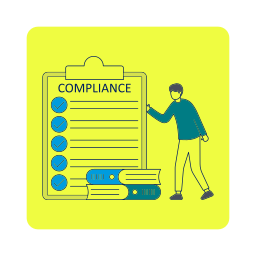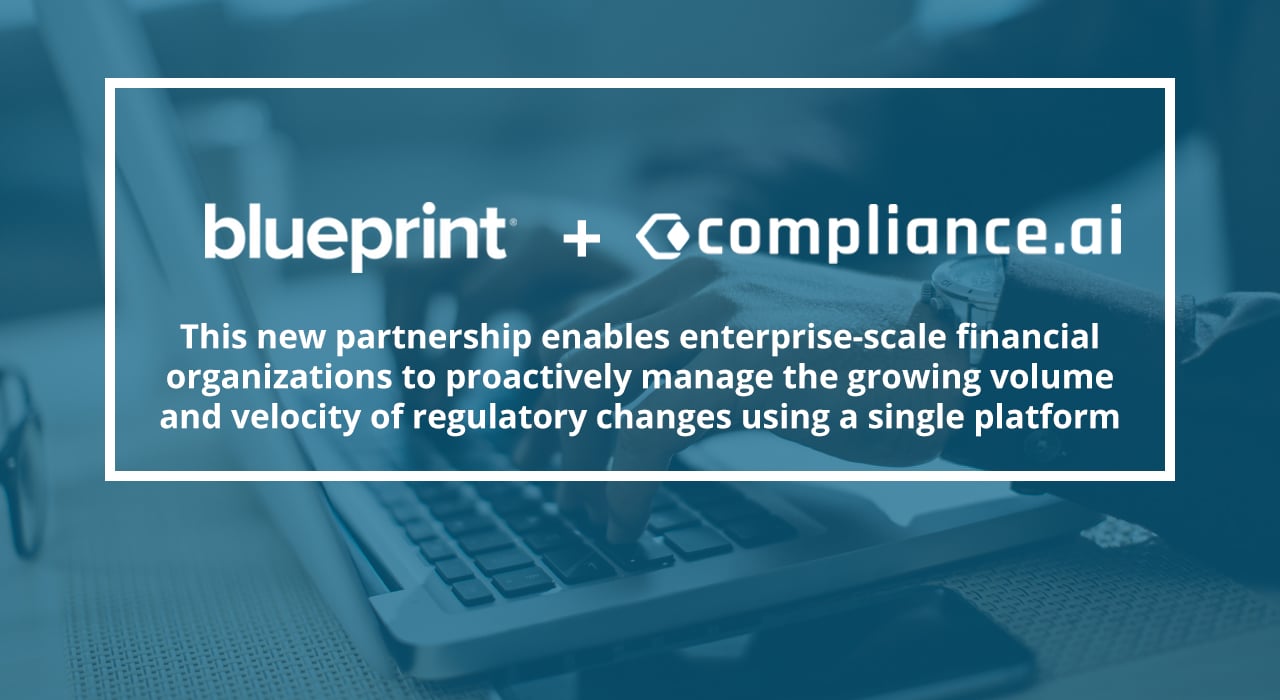6 Tips for Developing a Mature Compliance Strategy
Risk and security leaders have always been vocal about how staying compliant to regulations is their biggest concern, leading to higher budget allocation towards compliance management.
While companies around the globe are adopting new methodologies and technologies to help them mitigate future risks, what most of them fail to understand is that without an enterprise-wide compliance culture, any RegTech solution will fail to generate their desired results.
In fact, according to a recent Gartner report, 74% of global risk management executives feel that their ability to forecast critical risks will become increasingly difficult in the next few years. Their concern is further exacerbated by poor collaboration within and between teams and the constant influx of new and changing regulatory demands.
The solution? A robust regulatory compliance management program.
When reimagining compliance processes, it’s often difficult to know where to start and what should be prioritized – understanding regulations or training your team to be able to mitigate risk?
We recommend taking one step at a time to ensure that your compliance management strategy is mature and reliable.
Here are 6 tips for improving and maturing your current regulatory compliance programs:
1. Create the right talent mix
Even a cutting-edge compliance management tool is inadequate without the right people to manage it. Identifying the right people and developing their skills should be the foundation of your compliance program. Having the right people in place means your company can source, interpret, assess, and find the right way to adjust to new mandates quickly. Thus, the right talent pool plays a crucial role in risk management.
2. Understand the regulatory landscape
The latest Securities Financing Transaction Regulation (SFTR) requires both financial and non-financial companies to report transactions such as commodity lending, borrowing, etc. SFTR will not only extend reporting requirements but is also set to impact trading and collateral management. And SFTR is just one regulation! At any given time, an organization faces multiple local and international regulations that might change frequently. If you are not up-to-date with these changing mandates, you’re in trouble! Being fully aware of the regulatory landscape - in real-time - is an absolute necessity. And this doesn’t just mean that you need to know all of the regulations currently impacting your business, but you also have to be able to break down the policies, practices and controls so that your teams receive the support and information they need to maintain compliance.
3. Involve regulators
Regulators are always on the lookout for non-compliance, but they are also the first people to hear about new changes. If you want to keep your regulatory environment up-to-date, it's imperative that you involve regulators in any of your business transformation initiatives - be it innovation or be it expanding into a new geography. Increasing regulator and business stakeholder alignment will create a proactive culture that can help mitigate future risk and non-compliance.
4. Support your team
If businesses fail to interpret or follow any regulation, they will end up paying heavy fines for non-compliance. However, it is unfair to assume that your compliance team will fully understand the guidelines right away. When it comes to these regulations, the level of support and context you provide will directly impact your teams' deliverables and determine whether or not they align with the broader company compliance objectives. So go ahead – support your team, motivate them and face regulations assertively!
5. Prepare for audits
It is very easy to get under the radar of law enforcement if your institutions don’t have a strict culture of managing governance, risk and compliance organization-wide. But regulatory audits are not always pre-planned. In recent months, several leading financial scandals made headlines, primarily due to poor control over compliance programs. To avoid similar trouble, you need to be prepared for audits at all times. Several tools offer traceability of regulatory content and the ability to leverage baselines that not just help gain greater visibility but also allows demonstrating compliance at any point in time.
6. Adopt new technology
Achieving regulatory compliance is not a cake walk and trying to achieve it through legacy systems is certainly a recipe for stress. Moreover, regulatory compliance needs to take into account the various stakeholders and teams that are directly and indirectly involved. This is when an integrated approach to risk management helps. Newer tools supporting this approach don’t just help with a framework and metrics for risk management, but also help risk and security leaders to forecast future risks. Maintaining an enterprise-wide view of compliance provides risk leaders with more control and will help them sustain their compliance programs in the long run. In fact, even leading analysts like Gartner recommend adopting the right technology to support integrated approach to risk management to help manage your compliance needs confidently. So, your last step would be to check the latest solutions available, evaluate them and select the most suitable technology for your organization, right away!
Regulatory compliance cannot be achieved over-night, but it isn’t a pipedream either. Businesses can adopt a thoughtful step-by-step process that will undoubtedly make the transition more manageable, helping any risk leader to become a regulatory compliance pro!
In a recent interview, Blueprint CTO Tony Higgins, shared valuable insights about why it’s so hard for most companies to effectively achieve compliance, and answered some of the most common questions that organizations have about compliance management.
Watch the complete interview on How Technology is Set to Impact Risk and Compliance to learn more about the trends that are changing the face of compliance.
Share this
Recent Stories

Meeting New Cybersecurity Compliance Requirements – What You Need to Know

What are the Common Automation Compliance Challenges RPA Leaders Face? Lessons From the Front Lines


